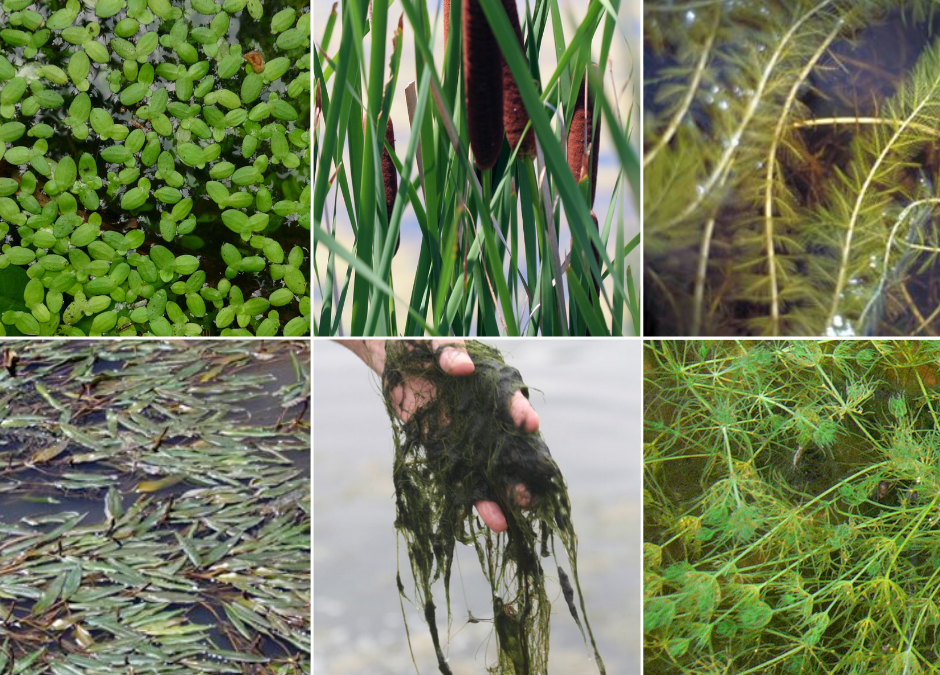Pond weeds, also known as aquatic plants or submerged aquatic vegetation, are classified based on their characteristics and taxonomy. They belong to various plant families and can be categorized into different groups based on their growth habits, leaf structures, and reproductive strategies. Here are some common classifications of pond weeds:
-
Emergent Plants: These are pond weeds that grow in shallow water with their roots submerged while their leaves and stems extend above the water surface. Examples include cattails and bulrushes.
-
Floating Plants: These are plants that float on the water surface and do not have their roots anchored in the soil. They obtain nutrients directly from the water. Examples include water lilies and duckweed.
-
Submerged Plants: These are fully or partially submerged plants that grow entirely beneath the water surface. They often have long, thin, and flexible leaves. Examples include various species of pondweed and coontail.
-
Algae: Although not classified as plants, various types of algae, such as filamentous algae and green water algae, can also be considered pond weeds. They are single-celled or multi-cellular organisms that can be free-floating or attached to surfaces.
It’s important to note that the classification and identification of pond weeds can be complex, as there are numerous species and variations found in different regions. If you need help identifying a particular pond weed, contact Healthy Ponds at help@bioverse.com
Information to send Healthy Ponds to help us identify:
• Take a photo of the weed
• Where your pond is located
• Approximate size of the pond
• If your pond has fish, is used for irrigation, has an inflow or outflow



I have duckweed over my whole pond. I can’t get rid of it. Please help.